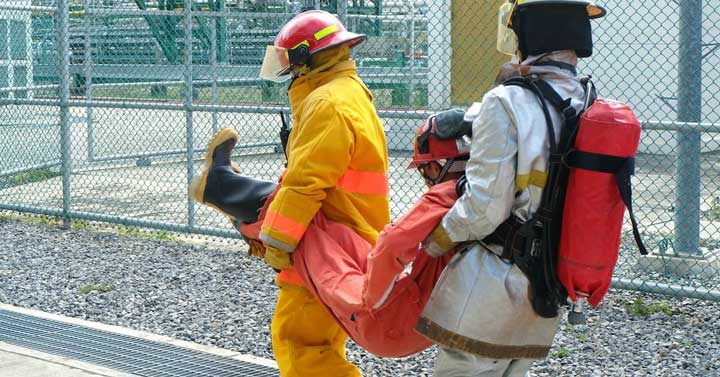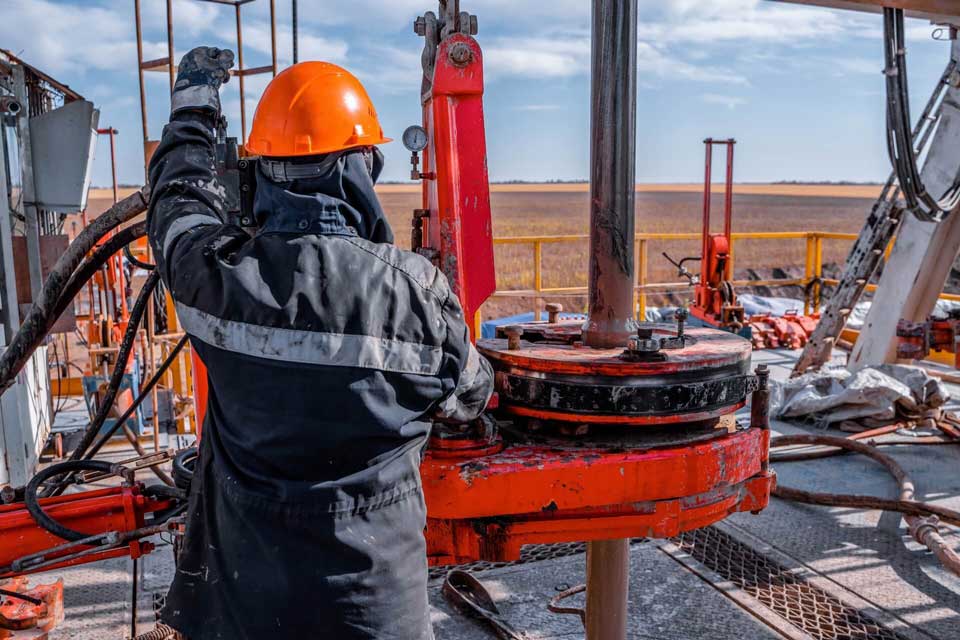The oil industry is an important part of our world. Unfortunately, it can also be dangerous working in the oil fields. Even with preventions in place, oilfield accidents can take place and be very dangerous to everyone who is injured.
An oil field is a geographical area, on land or offshore, that contains oil wells. It is a land of natural gas or crude oil. This area can be large and stretch over several kilometres. Oil and gas companies often drill multiple oil or gas wells in an oil field. There are more than 40,000 oil fields in the world, both offshore and inland.
The highest rates of oilfield-related deaths are in the case of workers being hit by bigger objects. Part of the job includes building and dismantling riggings as well as inserting and removing pipelines on a regular basis. This can lead to injury and death during oil extraction. Huge steel rigs and heavy pipes are commonly used in oil fields. Especially in the early stages of oilfield development, these materials are constantly being introduced. There are many dangers in being constantly on the move.

COMMON INJURIES FACED BY OIL FIELD WORKERS
Fractures: There are many types of bone injuries, such as fractures, dislocations, sprains, and complete fractures. Fractures can occur when working with faulty equipment or after a fall or loss of balance. Getting caught in the middle or being pressed by the device on something is also known to cause fractures. Some of these injuries may heal on their own, but when severe, they require medical attention. In some really severe cases, the loss of a limb can also occur.
Burns: First, second, and third degree burns can all occur in oil fields and can be more severe depending on the burning material. A small flame may not cause serious burns, but an explosion can cause severe burns and further injury to anyone nearby.
Hand and leg injuries: These can range from a complete decapitation to something as minor as a fracture or sprain. Hands and arms are particularly at risk when working with faulty or dangerous equipment, especially if proper procedures are not followed. Loss of hands, feet, hands, fingers, and toes is common in this type of work due to the equipment used.
Soft tissue injuries: In oilfields, soft tissue injuries like muscle or tendon tears are rather typical. Workers may be vulnerable to this form of soft tissue harm in any position requiring repetitive motion. Depending on how they happened, these injuries might range from minor to serious.
Head Injuries: Although there are many different kinds of head and brain injuries, concussions, skull and facial fractures, and facial lacerations are the most frequent ones. Concussions can be serious, repeated injuries can pose even greater concerns. Along with memory issues, brain traumas can result in long-term neurological impairment.

OIL FIELD INJURY TREATMENT AT SPECIALTY CARE CLINICS:
- For injured workers, primary care and urgent care are available at Specialty Care Clinics.
- All kinds of injury conditions are treated by our healthcare professionals.
- Our specialists have the knowledge, experience, and tools necessary to handle even the most severe injuries.
- If you experience an injury at the workplace, call us for medical care immediately.
To schedule an appointment at Specialty Care Clinics dial (469) 545-9983.
HOW TO PREVENT INJURIES IN THE OIL FIELD?
Hand and/or finger injuries lead to the reportable accident rate in the oil and gas industry each year, accounting for up to 22.88% of all lost time accidents.
It’s no secret that protective gloves play an important role in protecting workers’ hands. In fact, according to data from a study conducted by OSHA, 70% of workers with hand injuries were not wearing gloves at the time of the accident.
However, gloves are the last line of defense. While it’s important to emphasize the importance of wearing gloves in the workplace. The following are preventive measures for oil field injuries:
Conduct training programs: Before entering the field, every employee must complete a training program that is set up and documented in a manual. Everything from how to store equipment, to the right ways to react to fires, falls, and other crises should be included in the training.
Clean the field: Any worker nearby might be put at risk if there are loose tools or liquid puddles that have not been cleaned up. To make sure the field is secure and free from hazards, assign someone to do regular cleaning of the whole area.
Check tools and facilities time regularly: Your employees might be in danger if there are broken tools, unsecured railings, or other hazards. Inspect all of your equipment, tools, and facilities frequently to make sure it is safe to use them.
Follow OSHA guidelines: OSHA has established a myriad of guidelines for ensuring workplace safety and avoiding injury. They even have policies specific to the oil and gas industry. Make this information accessible to the employee by distributing copies of the guidelines or by posting OSHA signs on the walls of break rooms and other areas within the facility.
Communicate: Don’t be afraid to speak up when employees spot problems. They should be able to tell you or the site manager if there are any new safety issues, whether from colleagues, site hazards, or other issues. This allows workers and supervisors to address problems quickly and prevent injuries.
If you are injured at the oil field, visit Specialty Care Clinics immediately, to book an appointment call us at (469) 545-9983.
